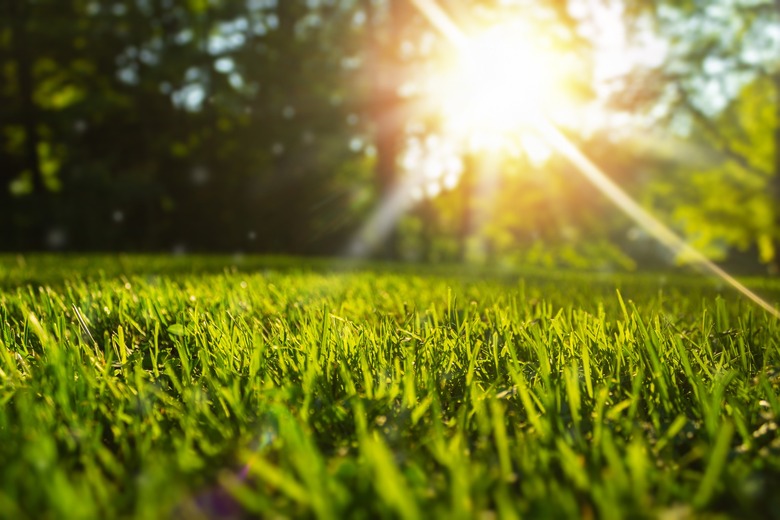This Self-Cooling Artificial Grass May Help Cities Fight Extreme Heat
A new type of self-cooling artificial grass is being used in different cities to help protect athletes from burns and heat exhaustion. The new system of sports pitch can absorb rainwater and then evaporate it slowly on hot days to keep it much cooler than natural grass.
It's actually a similar process to what natural grass uses to cool itself, researchers say, and it is already being used in cities like Kobe, London, and Amsterdam. Sports facilities and cities themselves are looking to install the new pitch, as it can help keep the surfaces cooler even when the temperatures rise high during abnormal heat waves.
The self-cooling artificial grass was inspired by blue-green roofs, which can store rainwater and use it to help cool the surface of the roof, providing additional cooling for the buildings they are attached to.
The reservoirs under the artificial grass are so large that they can hold upwards of 512,000 liters of rainwater when put under a standard football pitch. Standard artificial grass pitches can melt and even endanger the lives of athletes in warmer areas—especially as temperatures continue to climb with global warming.
As such, having a new type of self-cooling artificial grass could be a huge game-changer for these types of areas—and for cities in general. As excessive heat destroys natural grass and standard artificial grass alike, these cooled grass pitches might be the best way to keep our cities and sports facilities green while also keeping them safe for the people who use them.
During tests, researchers say the artificial pitch never reached a threshold of 37 degrees Celsius, just 1.7 degrees warmer than a natural grass field. That makes these artificial pitches a great alternative to standard artificial options, as well as more natural options that will wilt with the excessive heat.
